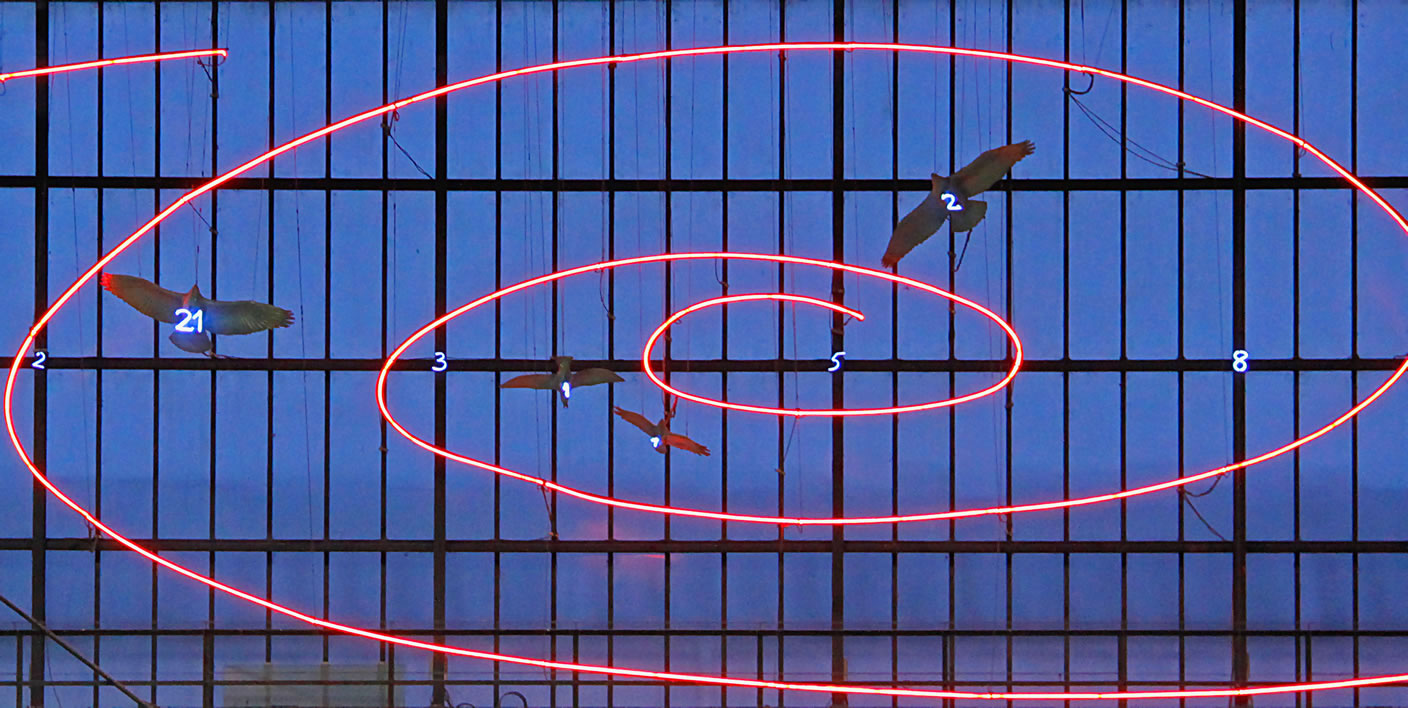Fibonacci as mathematician

With Fibonacci's external page "Liber abaci" (1857 edition), the "Book of arithmetic", the Western world was introduced to the first comprehensive representation of the new arithmetic system, based on writing Indo-Arabic numerals. The references to al-Khwarizmi and Abu Kamil are unmistakable, and Fibonacci also quotes classical writers like Euclid and Ptolemy.
Among the many calculation examples is the famous rabbit problem, from which the Fibonacci sequence (1, 1, 2, 3, 5, 8, 13, 21 …) emerges: But the sequence was first named after Fibonacci in 1877 by the French mathematician Edouard Lucas. A large part of "Liber abaci" ultimately deals with practical problems from a merchant's everyday life.
A new arithmetic method for the Western world
The new arithmetic method initially had a hard time. Even in the late thirteenth century, the new numbers were banned by law in a number of Italian cities. There was a general struggle between the "abacists", who used calculating methods with the abacus and Roman numerals, and the "algorists", the proponents of writing calculations with Indo-Arabic digits and radix notation. The latter numbers did away with the need for the abacus. Merchants also initially resisted the new calculation procedures. But quite pragmatically the spread of the monetary economy, cashless dealing as a result of issuing bills and cheques, banking and interest calculation required the new calculation method, which was gradually adopted in Europe between 1400 and 1700.
Fibonacci's writings
Fibonacci wrote other works: surviving to this day are "Practica geometriae" (1220), "Liber quadratorum" (1225), dedicated to Frederick II, Holy Roman Emperor, containing Fibonacci's most important results on number theory, and the smaller works "Flos" (circa 1225) and "Epistola ad Magistrum Theodorum". Fibonacci's renown also earned him a place in the court of Frederick II. Around 1225 the Emperor organised a calculating competition in Pisa at which Fibonacci performed with aplomb.
Fibonacci's work can today be regarded as marking the rebirth of Western mathematics although this was not always the case. It was only the new beginning of the investigation of the history of mathematics at the start of the nineteenth century in Italy that led to a rediscovery of Fibonacci and thus to the recognition of his enormous importance in the history of mathematics. Among those involved in the rediscovery were Pietro Cossali, Giambattista Guglielmini, Baldassarre Boncompagni and Guglielmo Libri.